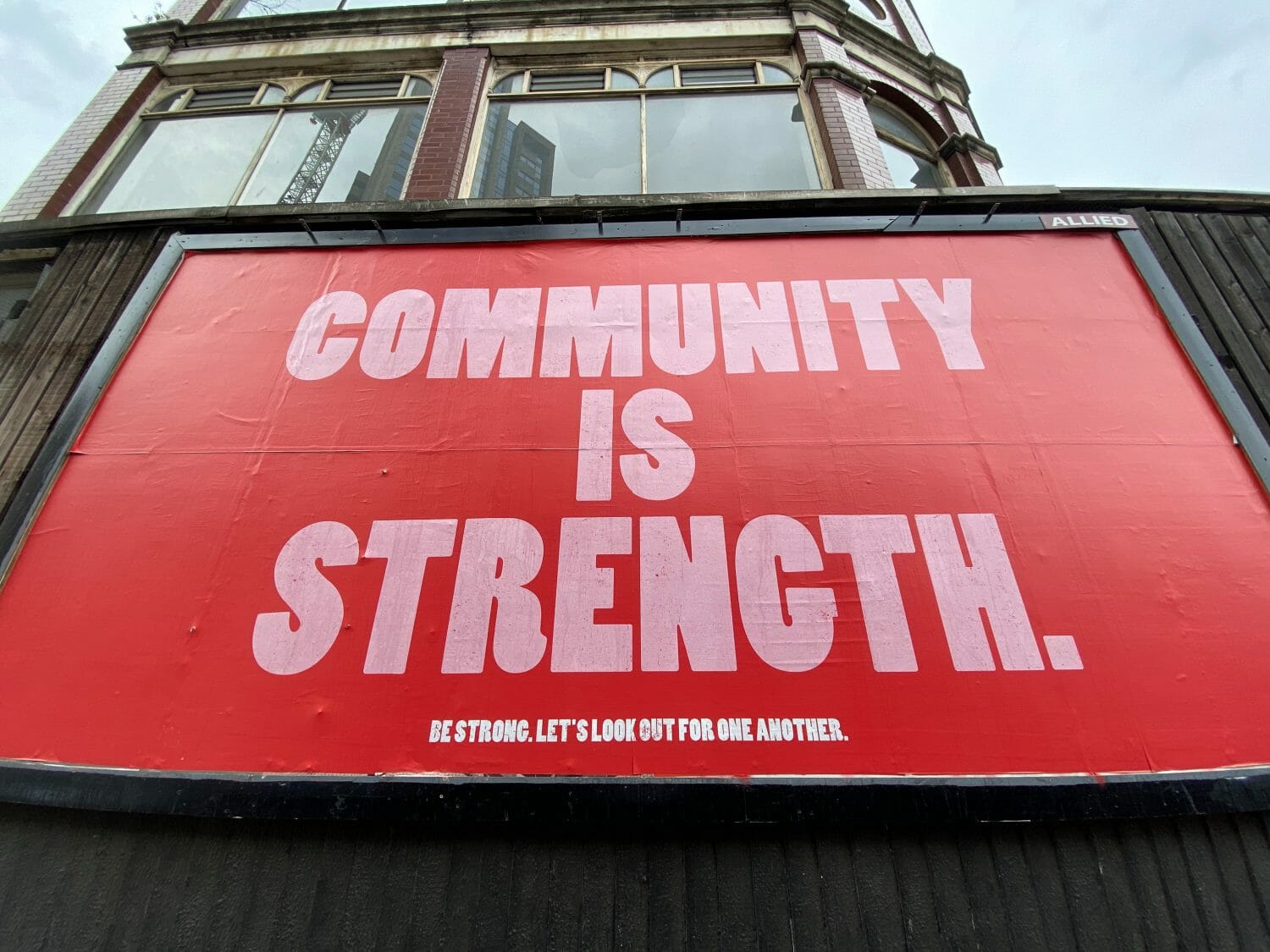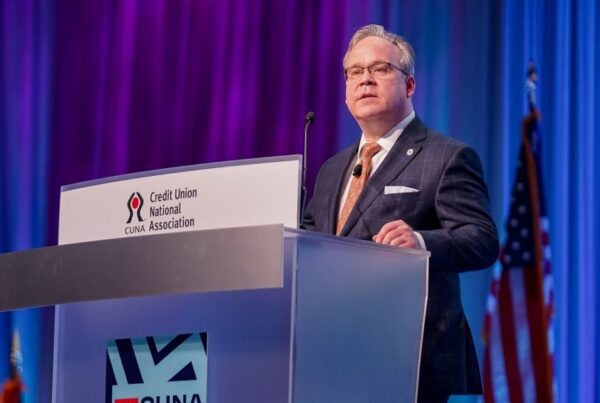“CDFIs, at the heart of it, are community lenders. If you think about where banks step out, CDFIs step in. They deliver responsible capital where it is needed in a very place-based, community-first approach. Most CDFIs are nonprofits and there is tremendous alignment around ensuring their borrowers are successful. They win when community wins.”
Catherine Berman, CEO, CNote, via Forbes
We believe Boston merchant Edward Filene, founder of the credit union movement in the United States, would be proud of how the industry has evolved in these last 100-plus years. He recognized the community-centric values of the credit union structure and the inherent values, products, and services that were possible when neighborhoods were given the financial resources and empowerment necessary to thrive.
Today, that member-ownership philosophy continues to expand and evolve with credit unions in the form of community development financial institutions (CDFIs). These organizations help underserved communities achieve fair and responsible products and services that can get those member-owners back on the path to financial inclusion and stability.
Financial inclusion and stability, however, are not necessarily “givens” considering what consumers have gone through in the last year and a half. According to the Bureau of Labor Statistics, as of June 2021 both the unemployment rate, listed at 5.9 percent, and the number of unemployed workers, listed at 9.5 million, had changed very little from the prior April. While those numbers are down considerably from the historic highs at the beginning of the pandemic in April 2020, they remain well above levels prior to COVID.

Photo: Priscilla du Preez | Unsplash
CDFIs continue to represent the access to affordable funds and the mentorship members require to recover and improve their financial lives. As you research the best ways to foster economic recovery for individuals and families in underserved areas, offering those members an affordable and accessible way out of financial distress is more important than ever. In 2021, CDFIs represent a significant part of the solution in underserved communities.
With Congress’s release of $2.5 billion in emergency funding on behalf of CDFIs, that money will support and enhance the work in low- to-moderate income communities and communities of color throughout the country. Such funding represents an incredible opportunity for credit unions to enhance their live event loan programs, specifically mobile platforms like QCash.
It’s no secret that COVID accelerated e-commerce around the world, providing customers with access to a significant variety of products and services. Fintech has allowed credit unions and other financial institutions to continue operating in spite of contact restrictions and other confinement measures, and will continue to innovate in order to best serve the immediate and future needs of members around the country.
After all, when CDFIs have the forward-thinking products and services like mobile life event loans, “they win when community wins.”






